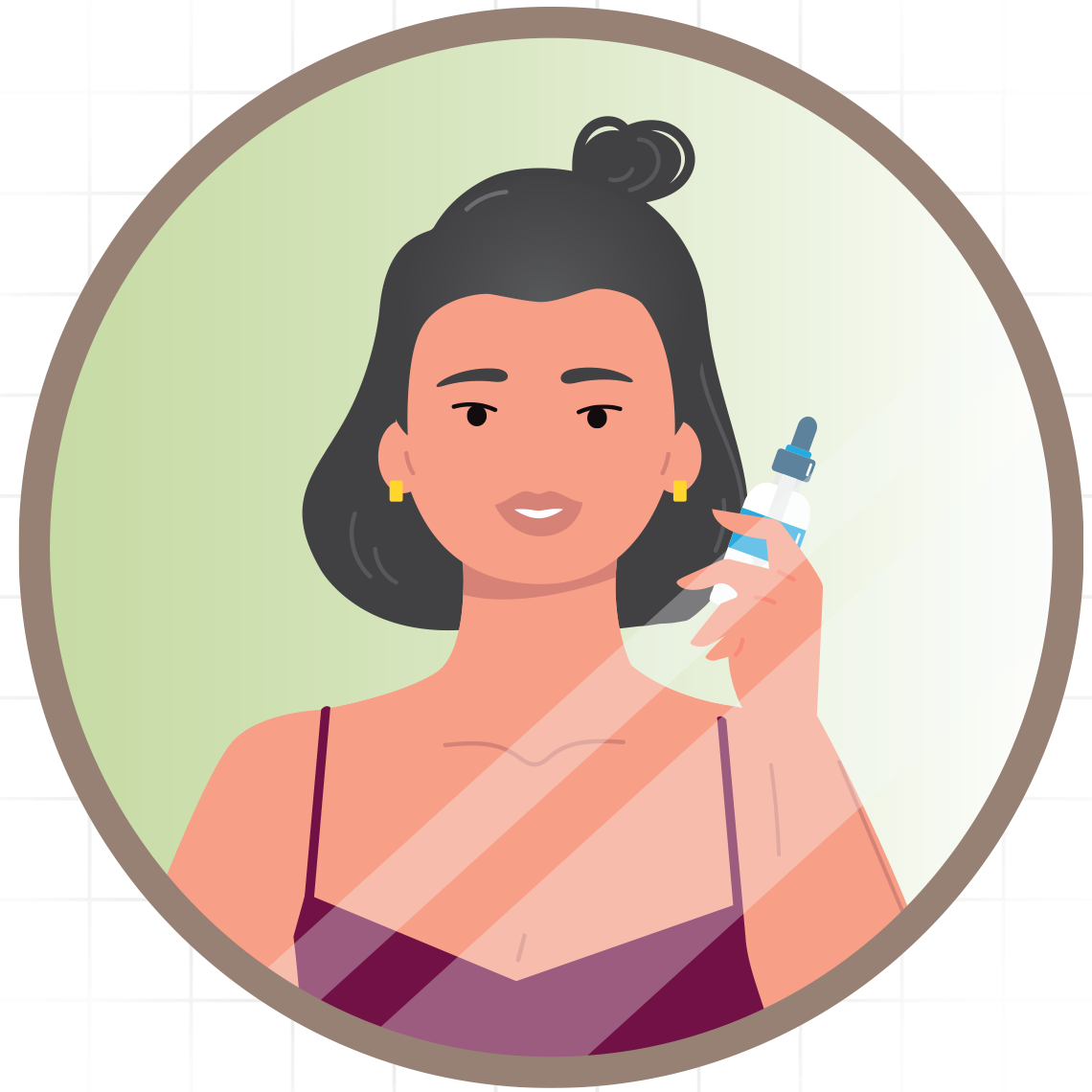AARP Hearing Center


Repetitive muscle movements, smoking and too much sun are leading causes of wrinkles. But even if you use sunblock religiously and steer clear of cigarettes, you’ll still get those lines and creases as you age.
Wrinkles aren’t a serious medical condition, but the quest to get rid of them can cost you a fortune. That’s why sales of anti-wrinkle cosmetic products alone are poised to reach over $60 billion in the U.S. by 2026. And that doesn’t even account for the billions of dollars spent on plastic surgery and other treatments.
What are wrinkles, anyway?
Wrinkles are folds, ridges and creases that appear on your skin naturally as you grow older. They tend to show up first on your face and the body parts often exposed to the sun, like your neck, hands, arms and legs.
Wrinkles occur in the dermis, or the middle layer, of your skin. This layer is made up of elastin and collagen fibers. As we age, these fibers loosen — creating those pesky lines, folds and creases — and our skin can’t hold as much moisture, which leads to wrinkles, too.
“Aging is a complex process,” says Shilpi Khetarpal, M.D., a dermatologist at Cleveland Clinic. “There are various intrinsic and extrinsic factors that control how we age.”































































More on Health
How Healthy Are Your Cooking and Eating Habits?
See how many of these practices you already use
9 Nutrients You Need More of As You Get Older
Find out which vitamins, minerals and other essential elements you may lack in your diet
7 Bad Health Habits and How to Break Them
Usher out your old ways and welcome in some new, healthier routines